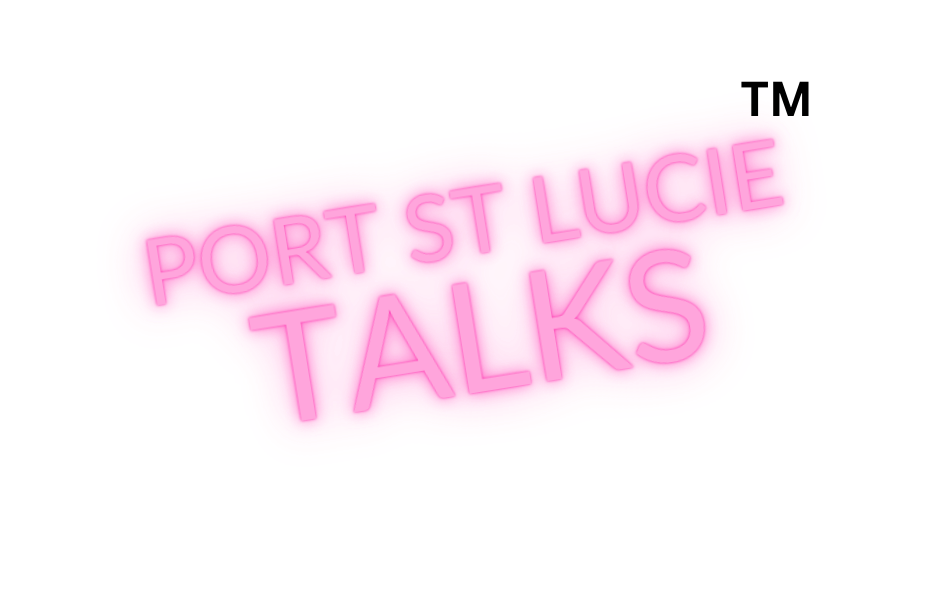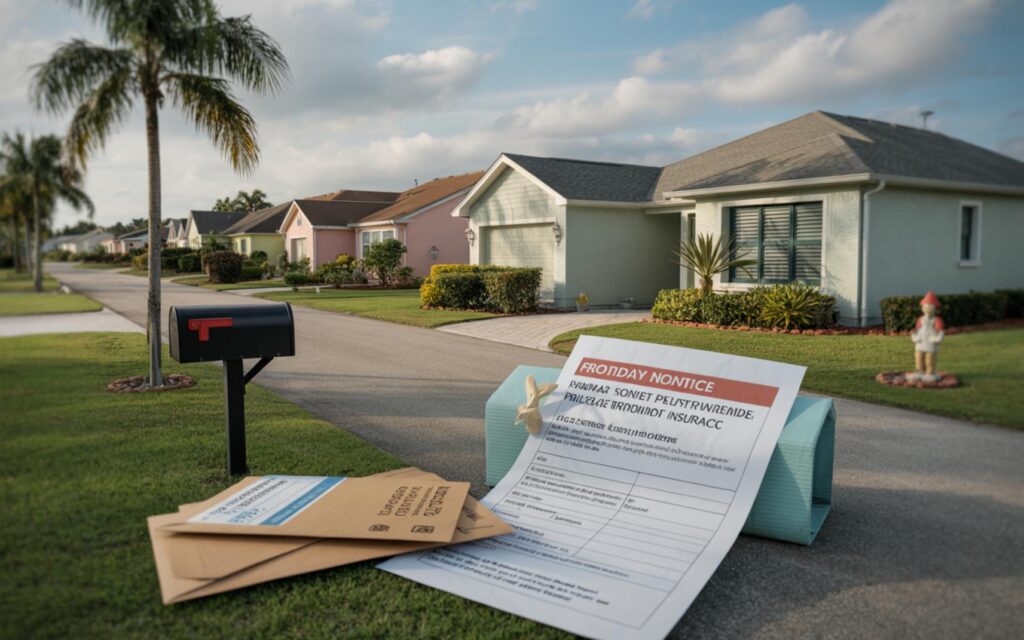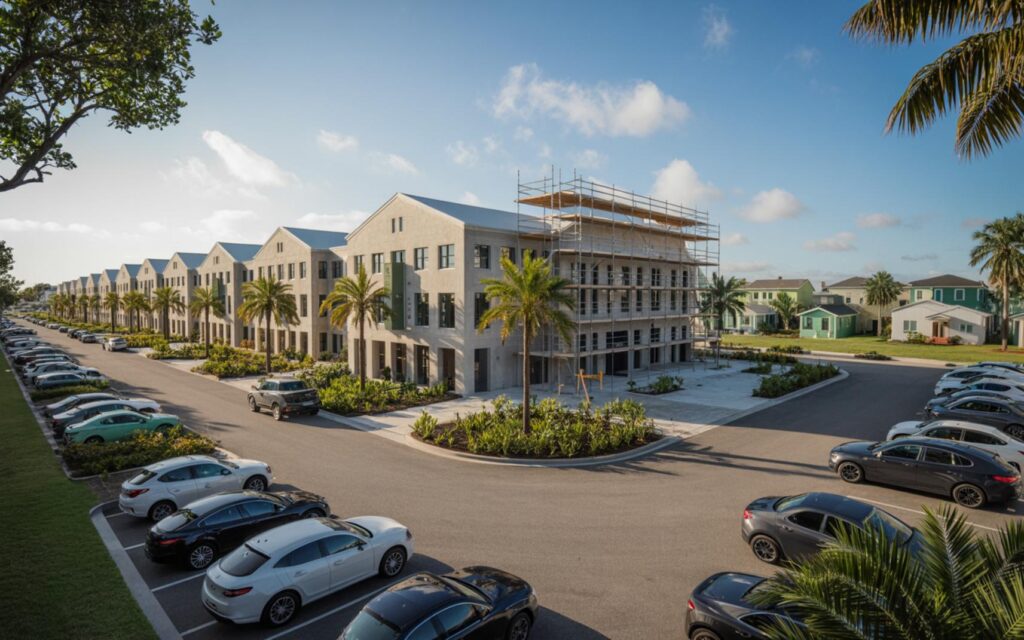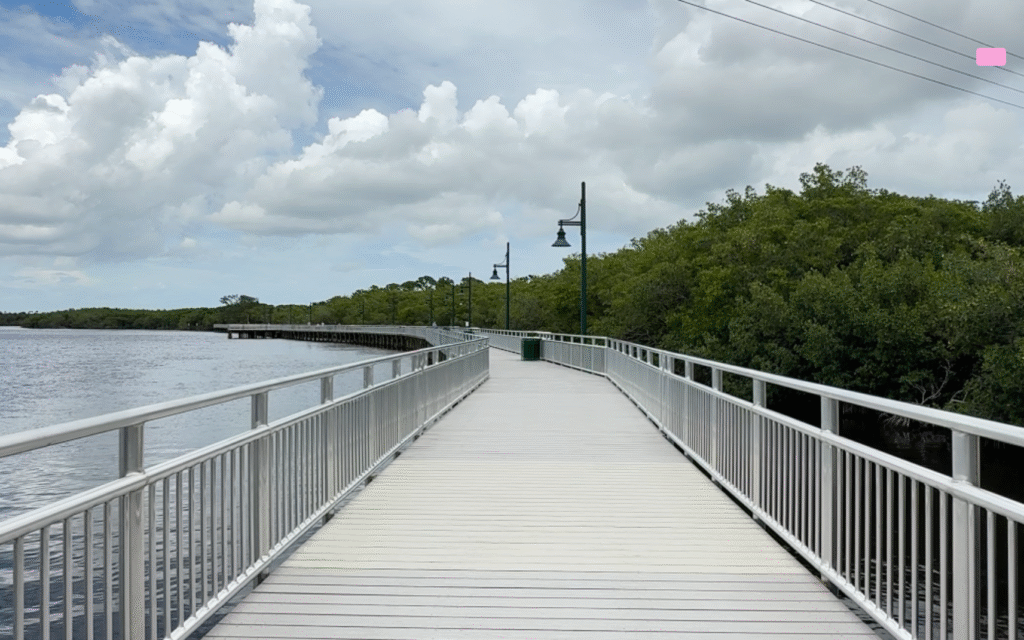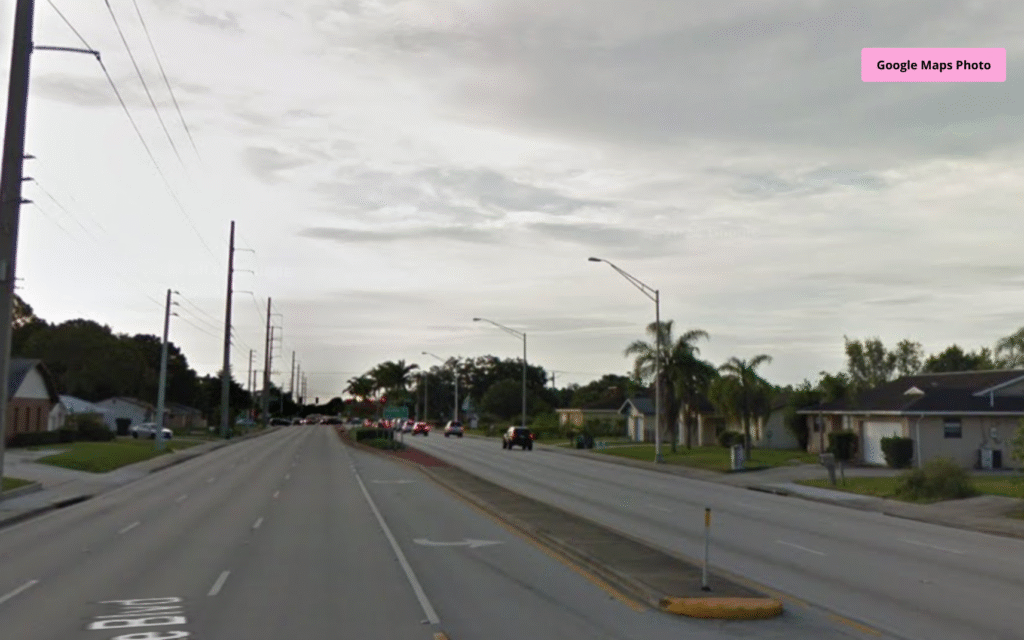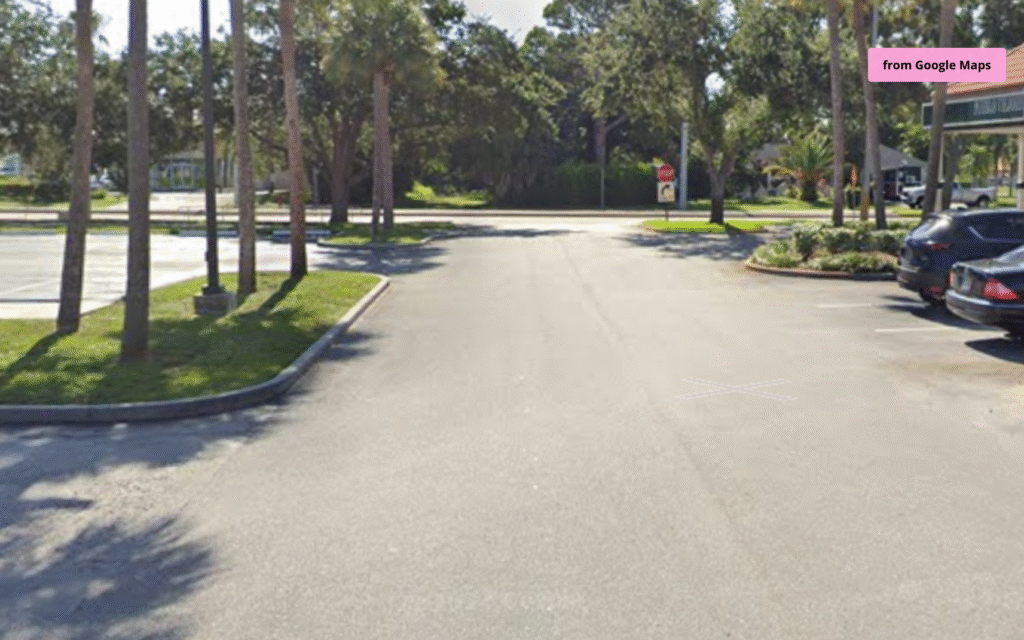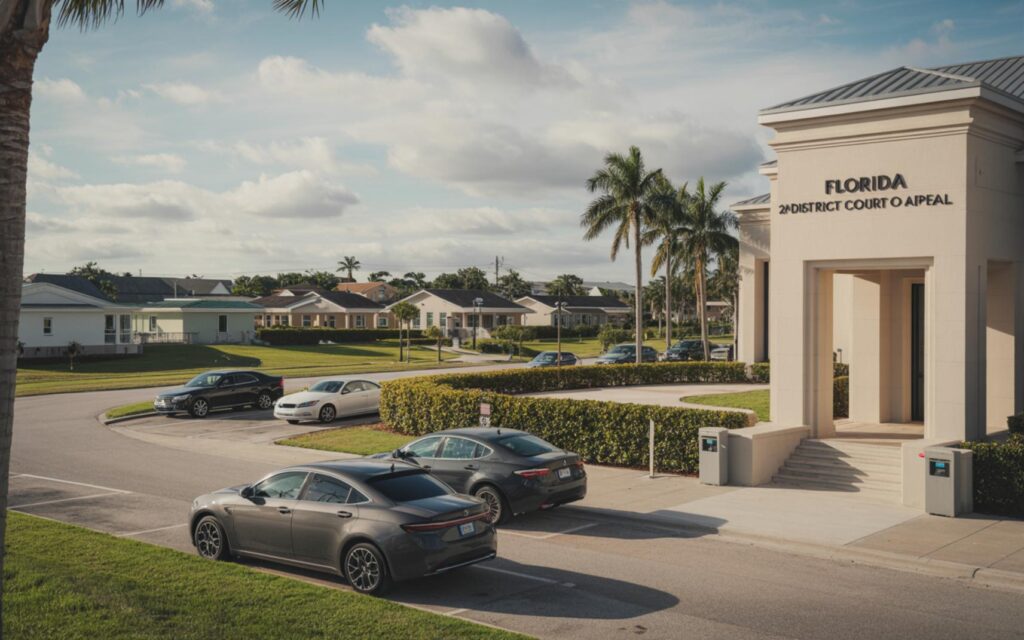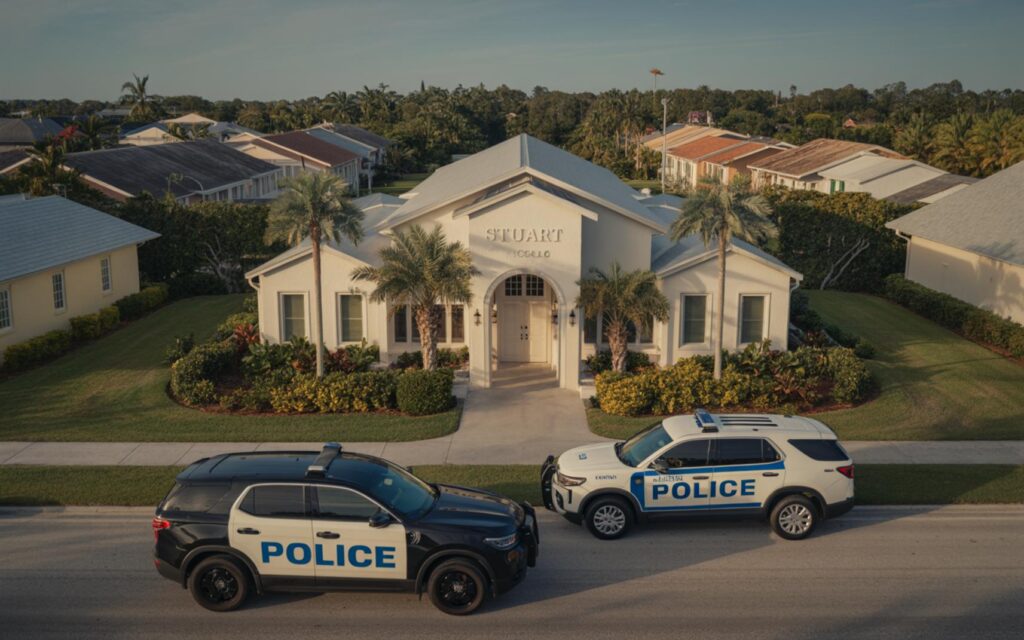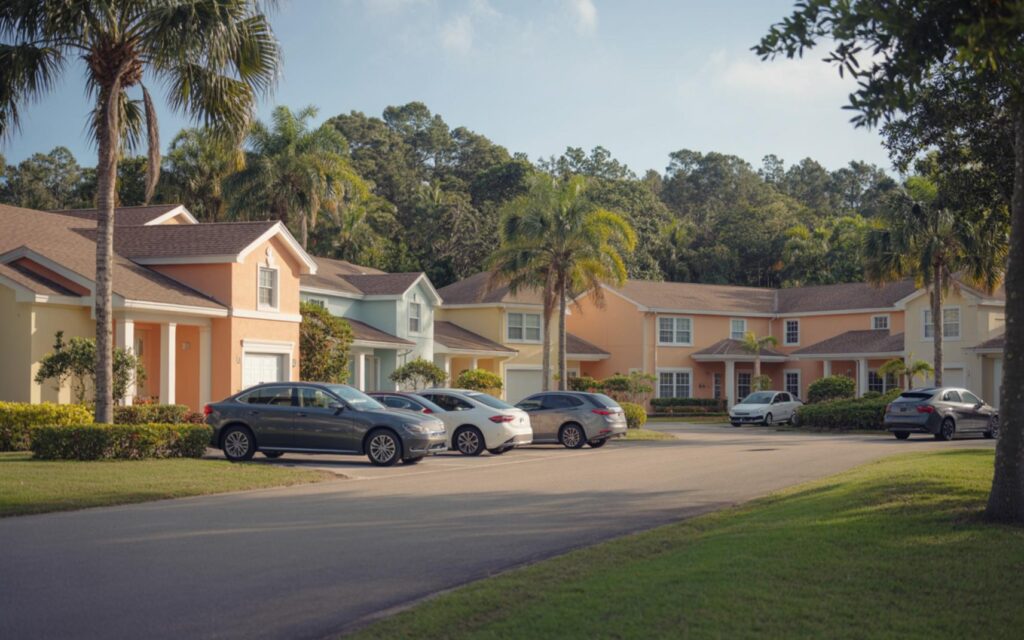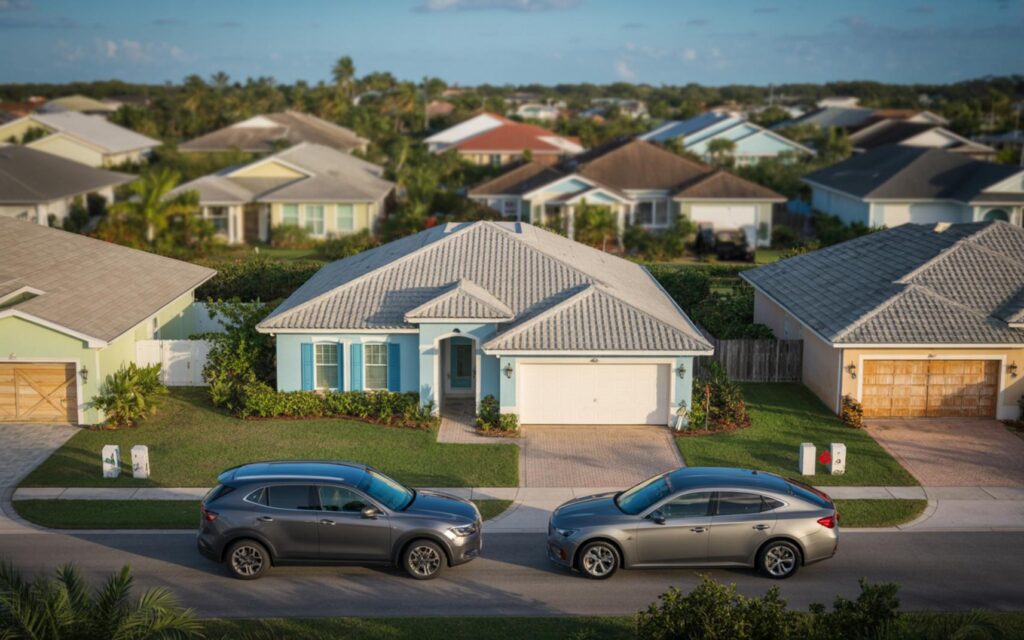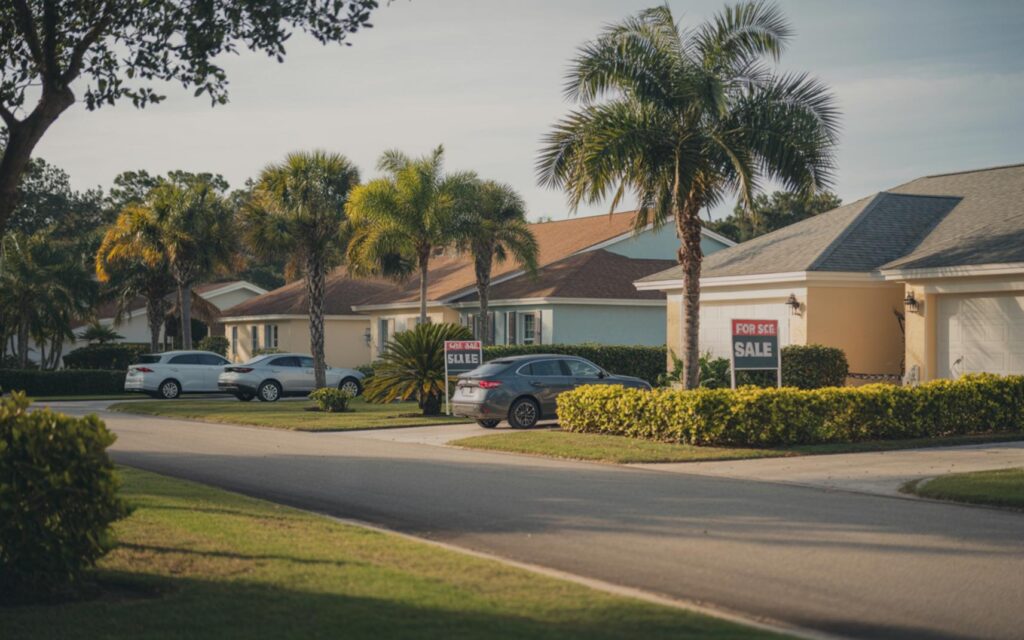Florida’s property insurance crisis has prompted new proposals, including a state-run catastrophic insurance fund designed to bring relief to homeowners facing some of the highest premiums in the nation. The main goal of this catastrophic insurance fund is to shift hurricane and natural disaster coverage from private insurers to the state, potentially reducing costs for residents across Florida.
Florida Catastrophic Insurance Fund Proposal Details
The proposed catastrophic insurance fund would have the state take direct responsibility for hurricane and natural disaster risks. According to information released by campaign officials, this approach would remove the most expensive coverage from the private insurance market. Homeowners would continue to purchase private insurance for non-catastrophic risks, such as fire or theft, while the state-managed fund would cover storm-related losses.
Supporters of the plan suggest that by removing high-risk perils from private insurers, property insurance premiums could decrease by 60–70%. These estimates are based on the idea that the most costly risks would be handled by the state, reducing the financial burden on private companies and, in turn, policyholders.
Funding the Catastrophic Insurance Fund
To operate effectively, the catastrophic insurance fund would require a reserve of $30–40 billion, according to campaign materials. Several funding options have been discussed, including taxing insurance company profits and reallocating revenues from Florida’s tourist development taxes. These strategies are intended to build a strong reserve capable of covering the state’s exposure to hurricanes and other natural disasters.
Officials indicate that the fund’s structure is modeled after public programs like Medicare and Medicaid, where the government steps in to provide coverage when private markets are unable to offer affordable solutions. The proposal aims to create a sustainable, long-term safety net for Floridians facing escalating insurance costs.
Background: Florida’s Property Insurance Crisis
Florida homeowners currently pay among the highest property insurance premiums in the United States. According to industry data, these rates are often more than three times the national average. The crisis has been driven by several factors, including rising reinsurance costs, increased litigation and fraud, and the withdrawal of major national insurers from the Florida market. This has left smaller, less-capitalized companies to fill the gap, raising concerns about financial stability and reliability.
Previous state interventions have included the creation of state-backed reinsurance programs, such as the Reinsurance to Assist Policyholders (RAP) and Florida Optional Reinsurance Assistance (FORA). However, much of the funding allocated to these programs was unused and later returned to the general fund, according to official state records.
Comparison to Existing Florida Catastrophe Fund
The new catastrophic insurance fund proposal differs from the existing Florida Catastrophe Fund. The current fund acts as a backup reinsurance provider for private insurers, rather than offering direct coverage for all natural disaster losses. Under the proposed plan, the state would take on the full responsibility for hurricane and disaster claims, providing direct relief to homeowners rather than supporting private insurance companies from behind the scenes.
Expert and Industry Reactions to the Insurance Fund Plan
Insurance industry leaders and some policy experts have expressed skepticism about the catastrophic insurance fund. Concerns center on the potential for significant financial risk and debt if a major disaster strikes and the fund is unable to cover all claims. According to industry sources, careful regulation and transparent management would be critical to avoid exposing the state to unsustainable liabilities.
Supporters argue that the proposal addresses the root causes of unaffordable premiums and could stabilize the insurance market by building long-term reserves. They point to the need for bold action as Florida’s insurance affordability crisis continues to impact residents across all demographics and political affiliations.
Insurance Reform in the 2026 Florida Governor’s Race
The catastrophic insurance fund proposal has brought insurance reform to the forefront of the 2026 Florida governor’s race. Other candidates are expected to release their own plans in response to the ongoing crisis. The debate highlights the urgency of finding effective solutions as Floridians struggle with not only insurance costs but also rising expenses for housing, utilities, and other essentials.
General expert perspectives emphasize that the success of any state-run insurance program would depend on strong oversight, clear regulations, and responsible management of public funds. Officials note that balancing the risks of state liability with the potential for premium relief will be a key challenge as the proposal moves forward.
Frequently Asked Questions About Florida Catastrophic Insurance Fund
What is the Florida catastrophic insurance fund proposal?
The Florida catastrophic insurance fund proposal is a plan for the state to directly cover hurricane and natural disaster risks, removing these high-cost perils from private insurance companies. Homeowners would still need private insurance for other risks, but storm-related losses would be covered by the state fund.
How much could homeowners save with a state-run catastrophic insurance fund?
Supporters of the proposal estimate that property insurance premiums could drop by 60–70% if the state takes on responsibility for catastrophic risks. Actual savings would depend on how the program is funded and managed.
Are there differences between the proposed fund and the existing Florida Catastrophe Fund?
Yes, the proposed catastrophic insurance fund would provide direct coverage to homeowners for natural disaster losses, while the current Florida Catastrophe Fund acts as backup reinsurance for private insurers. The new plan shifts risk directly to the state rather than supporting insurers indirectly.
Can you still buy private insurance for all risks in Florida?
Under the proposal, homeowners would continue to purchase private insurance for non-catastrophic risks such as fire or theft. The state fund would only cover hurricane and natural disaster claims.
Where are Florida’s property insurance premiums the highest?
Florida homeowners, including those in cities like Port St. Lucie and throughout coastal regions, pay some of the highest property insurance premiums in the United States. Rates are often more than triple the national average due to the state’s exposure to hurricanes and market challenges.
